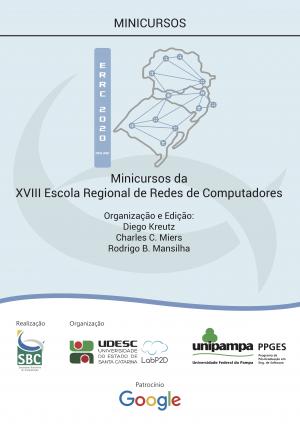Minicursos da XVIII Escola Regional de Redes de Computadores
Palavras-chave:
Redes de ComputadoresSinopse
Este livro reúne os textos dos minicursos da XVIII Escola Regional de Redes de Computadores e Sistemas Distribuídos (ERRC 2020), realizada virtualmente entre os dias 25 e 27 de novembro de 2020. Os minicursos da ERRC visam apresentar temas emergentes e relevantes nas áreas de Redes de Computadores, Sistemas Distribuídos e Segurança da Informação para profissionais, alunos de Pós-Graduação e alunos de Iniciação Científica.
Capítulos
-
1. Fake News - Conceitos, métodos e aplicações de identificação e mitigação
-
2. Blockchains com Hyperledger: conceitos, instalação, configuração e uso
-
3. Introdução à Verificação Automática de Protocolos de Segurança com Scyther
Downloads



